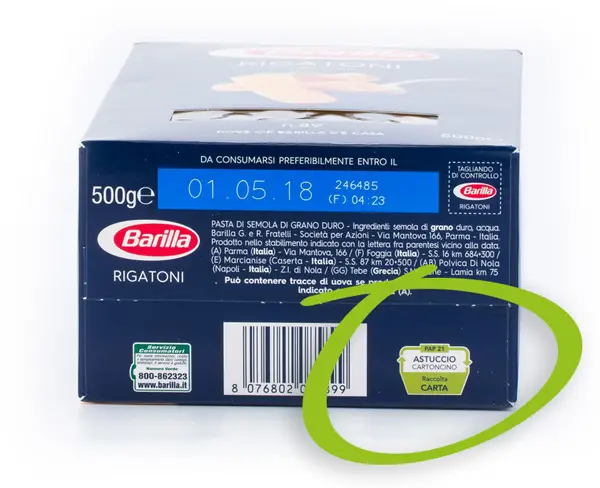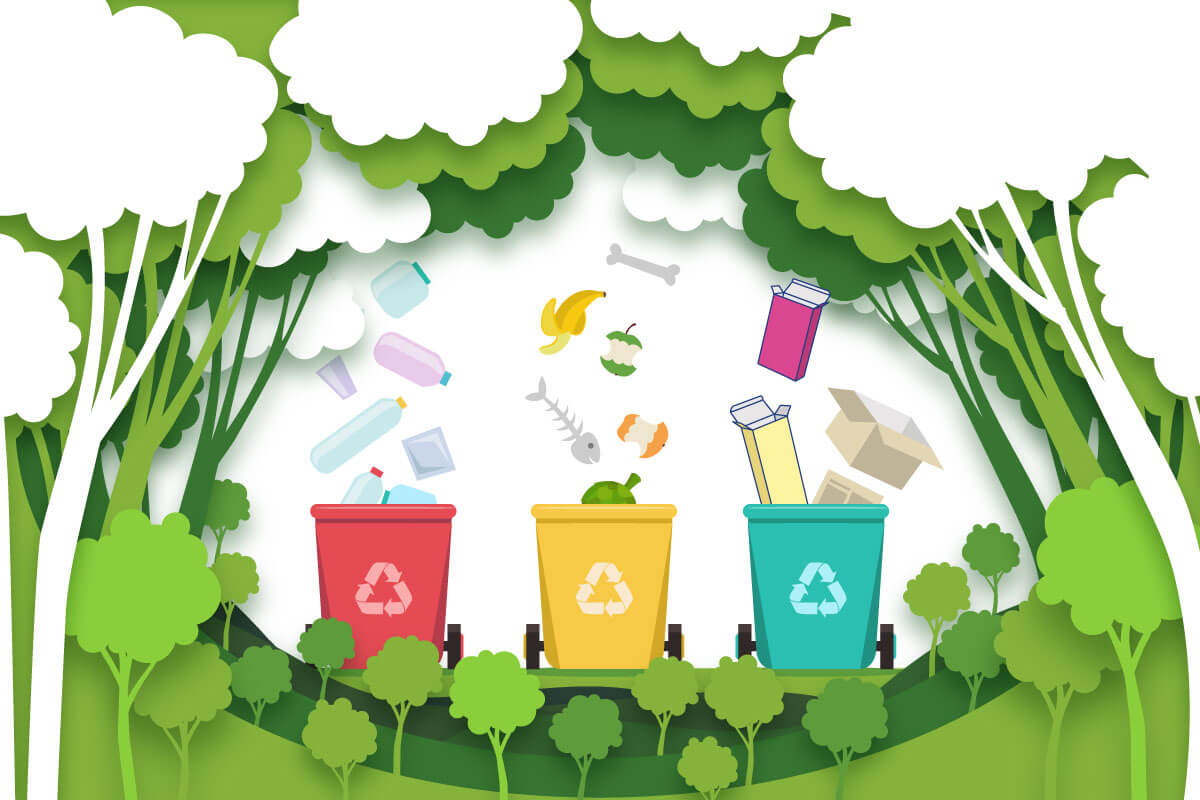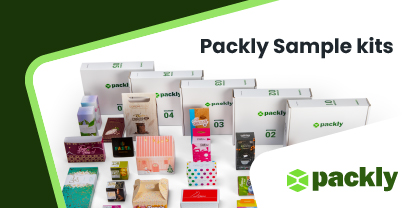Environmental labeling of packaging. A new law harmonizing various European directives to simplify the disposal of packaging waste and its recycling In Italy.
Environmental labeling of packaging. Italy turned out to be one of the most virtuous countries in terms of waste recycling. How many times has it happened to us, however, that we have to throw out a package and get confused in front of the bins without knowing what to do. In addition to entail hefty fines, the incorrect separation of waste is also a problem for proper recycling and final disposal.
This is why, on September 26th, 2020, the new legislation on environmental labeling of packaging came into force in Italy. As for other countries, the new labeling system is still optional, but we would encourage business owners abroad to start thinking about it as it is beneficial for the final consumer, for the brand itself and for the environment.
What changes in packaging labeling
The new provisions foresee that all products placed on the Italian market must carry a label explaining how and where it is appropriate to throw the packaging away in an intuitive and visual way. Above all, food is impacted, and large producers have immediately started to adapt. In the below image we see the example of a Barilla branded food packaging with the indications in accordance with the law.

Basic criteria for environmental labeling of packaging
Environmental labeling must be prepared for all manually separable components of the packaging, ensuring compliance with uniform packaging and labeling regulation. For example, there can be cardboard packages with a plastic window that must be separated before disposal or tetrapak milk with a non-recyclable plastic spout.
As for positioning, the data must be reported on at least one of the following packaging components:
- The individual separable parts
- The main body of the packaging
- The element that already carries the label and makes the information more readable for the final consumer.
- Where this is not possible, it can be replaced with digital solutions such as QR codes and special apps.
These measures were particularly useful during Covid times for restaurant menus, just to give an example.
The data that must be reported on the label include:
- The type of packaging (written in full or represented graphically)
- The indication of the material (alphanumeric code pursuant to decree 97/129 / EC)
- The reference material and the specification on the disposal type
- The wording “Check the provisions for your municipality.”
Thanks to the adoption of the colours from the Waste Visual Elements for the materials and destination of the packaging within environmental labeling, it will be much easier for consumers to immediately identify the correct way to dispose of this type of waste. In particular, the colour standard is as follows:
- blue for paper
- brown for organic waste
- yellow for recyclable plastic
- turquoise for metals
- green for glass
- gray for undifferentiated waste
Optional data that may be included in environmental labels
There is also optional data which can be included in the environmental label such as for example the indications for a quality collection or additional information on the environmental characteristics of the package.
As we have seen previously, many brands make eco-sustainability their motto to conquer the target audience. A very recent example is Barilla that has decided to completely give up on plastic windows in its packaging of pasta marketed in the United Kingdom.
For the lazy, CONAI (National Packaging Consortium in Italy) provides an online tool called “e-tag” which companies can use to create the environmental labeling for their packaging in compliance with current regulations. This tool is available on the Conai website or directly on e-tichetta.conai.org.
Conclusions
Are you about to launch a new food product on the Italian market requiring efficient and compliant packaging? Check that you have met all the necessary requirements (click here: www.conai.org) and leave everything else to Packly. Just choose the packaging model that best suits your item, customize the graphics by including all the relevant information and we’ll take care of the rest. You just have to wait for the boxes to be delivered to your address of choice!













